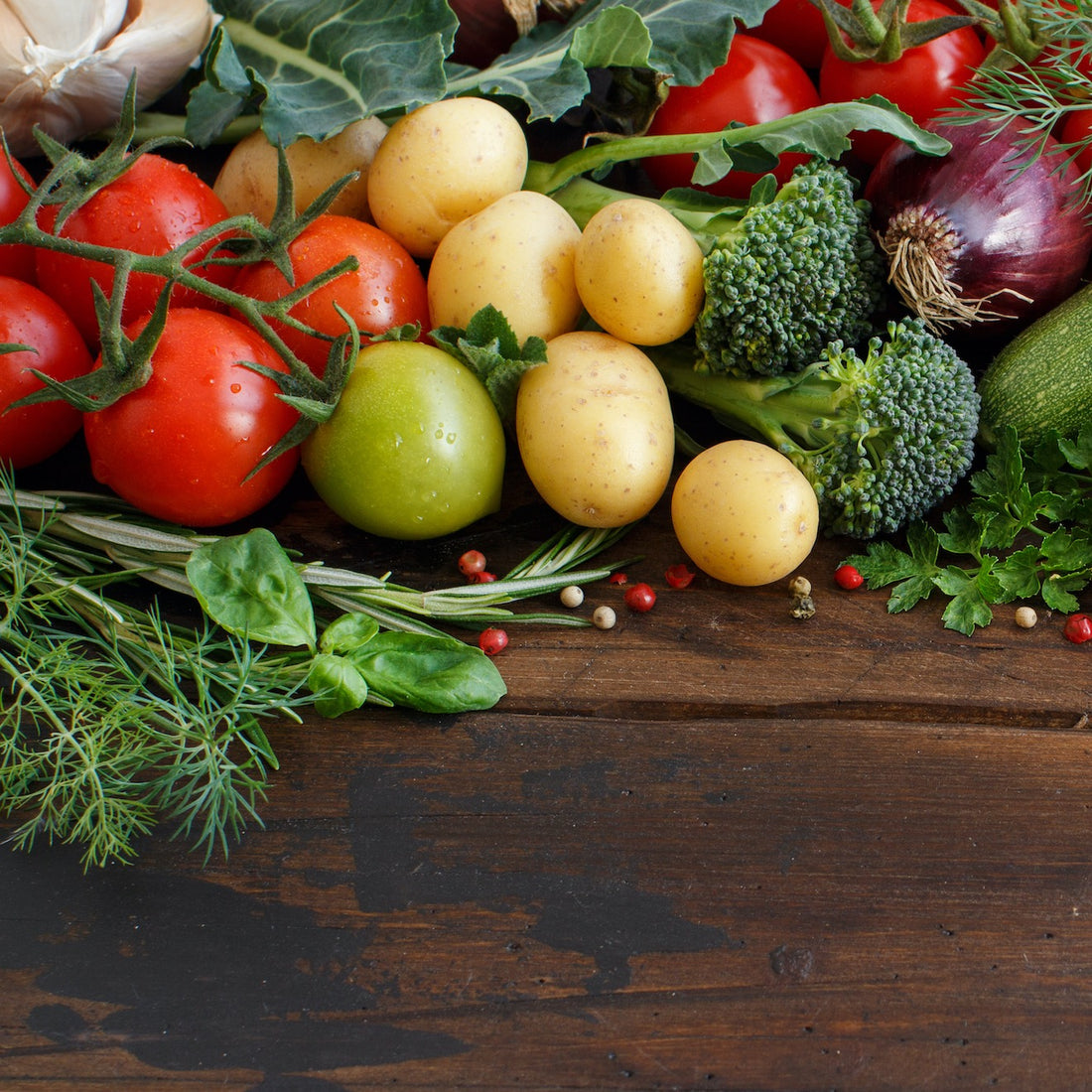What are antioxidants and how do they work?
Antioxidants are chemical compounds that protect other substances from a reaction with oxygen, called oxidation, by preventing or slowing down this reaction. In doing so, they react with oxygen themselves and/or intercept oxygen compounds that have an unpaired (single) electron and are therefore very reactive: the free radicals (Fig. 1). 1

Free radicals arise, among other things, from metabolic processes in the body, but also from cigarette smoke, air pollution and sunlight. 2 Ideally, antioxidants and free radicals are in balance. However, if the free radicals in the body are not sufficiently slowed down so that their quantity increases, oxidative stress occurs. If this continues long-term, cell and tissue damage can occur. Based on numerous study data, it is believed that free radicals and oxidative stress play a major role in the onset and development of various diseases, such as: E.g. cancer, cardiovascular diseases, diabetes or allergic diseases. 1 By neutralizing free radicals, antioxidants can help reduce the risk of such diseases.
However, study data also shows that some antioxidants under certain conditions - e.g. B. at very high concentrations – can have the opposite effect and absorb electrons as so-called “pro-oxidants”, which can increase oxidative stress and the risk of developing various diseases. 3
Which substances are antioxidants and where are they found?
There are numerous different substances that can have an antioxidant effect. The best known are vitamin A (retinol), vitamin C, vitamin E (tocopherol), beta-carotene (also known as provitamin A) and other related carotenoids, as well as the trace elements selenium and manganese. Secondary plant substances such as polyphenols, which include the plant pigments flavonoids and anthocyanins, are also antioxidants.
Nuts such as: B. Walnuts and pecans, vegetables such as broccoli, peppers and tomatoes as well as fruit, especially berries such as amla berries, blueberries/blueberries or sea buckthorn berries (Fig. 2). 4

But spices and herbs such as allspice, cinnamon, mint and oregano are also full of valuable ingredients with antioxidant properties. 4 Studies now show that some microalgae are also particularly rich in antioxidant ingredients. The focus here is particularly on the chlorophyll of the microalgae Spirulina and Chlorella as well as the carotenoid astaxanthin, which is mainly found in the blood rain algae ( Haematococcus pluvialis ). Astaxanthin differs from other antioxidants such as vitamin C, vitamin E and beta-carotene in that it does not develop a pro-oxidative effect due to its unique molecular structure.
What health effects do antioxidants have?
In a normal concentration and provided there are no contraindications such as drug interactions, antioxidants have numerous positive effects on health. For example, dietary antioxidants such as carotenoids are thought to reduce the risk of certain cancers and eye diseases and generally have the ability to strengthen eyes and vision. 3, 5
The heart and blood vessels also benefit from the valuable ingredients: they can protect against high blood pressure and reduce the risk of cardiovascular diseases. 5 Antioxidants also play a major role in the maintenance of cartilage, bones and teeth and ensure the function of tendons and ligaments. Some antioxidants are also known to have antiviral, antibacterial, neuroprotective or anti-inflammatory effects. 5
With regard to the skin, antioxidants promote the synthesis of collagen, which is an essential component of connective tissue, strengthening its structure and intercepting free radicals before they can attack the collagen structure. They can also protect the skin from UV damage and are involved in tissue repair and wound healing. 5
The special properties of astaxanthin
Astaxanthin is one of the few carotenoids that cannot develop a pro-oxidant effect and is considered the most powerful antioxidant. In comparisons with other antioxidants, it was shown that astaxanthin can neutralize free radicals in the form of excited oxygen molecules, the so-called singlet oxygen, 6000 times more strongly than vitamin C and 110 times more strongly than vitamin E (Fig. 3). 6

The ability of astaxanthin to eliminate free radicals is significantly higher than that of other antioxidants: in comparative studies, natural astaxanthin was 14 times stronger than vitamin E, 54 times stronger than beta-carotene and 65 times stronger than vitamin C. 7 Although Astaxanthin is still the subject of various studies, but its antioxidant and anti-inflammatory effects are already used in addition to conventional medicine for some diseases. 8 Due to its anti-inflammatory properties, astaxanthin can be used to repair skin damage and relieve inflammatory skin diseases such as psoriasis and atopic dermatitis. 8, 9
PHYSTINE products with astaxanthin
We use the special antioxidant effect of astaxanthin in the following PHYSTINE products for skin care and as a nutritional supplement:
Credentials:
1 Robert Koch Institute. 2008; 51:1464–1482. doi: 10.1007/s00103-008-0720-5.
2 National Center for Complementary and Integrative Health (NCCIH). Antioxidants: In Depth. Available online at https://www.nccih.nih.gov/health/antioxidants-in-depth (last accessed: March 2021)
3 Vertuani S et al. Curr Pharm Des. 2004;10(14):1677-94. doi: 10.2174/1381612043384655.
4 Carlsen et al. Nutr J. 2010 Jan 22;9:3. doi: 10.1186/1475-2891-9-3.
5 Pisoschi AM et al. Eur J Med Chem. 2021 Jan 1;209:112891. doi: 10.1016/j.ejmech.2020.112891.
6 Nishida Y et al, Carotenoid Sci., vol. 11, no. January 2007, pp. 16–20, 2007.
7 Capelli B. Nutrafoods, vol. 12, no. 4, pp. 145–152, 2013, doi: 10.1007/s13749-013-0051-5.
8 Kohandel Z et al. Biomed Pharmacother. 2022 Jan;145:112179. doi: 10.1016/j.biopha.2021.112179.
9 Davinelli S et al. Nutrients. 2018 Apr 22;10(4):522. doi: 10.3390/nu10040522.
